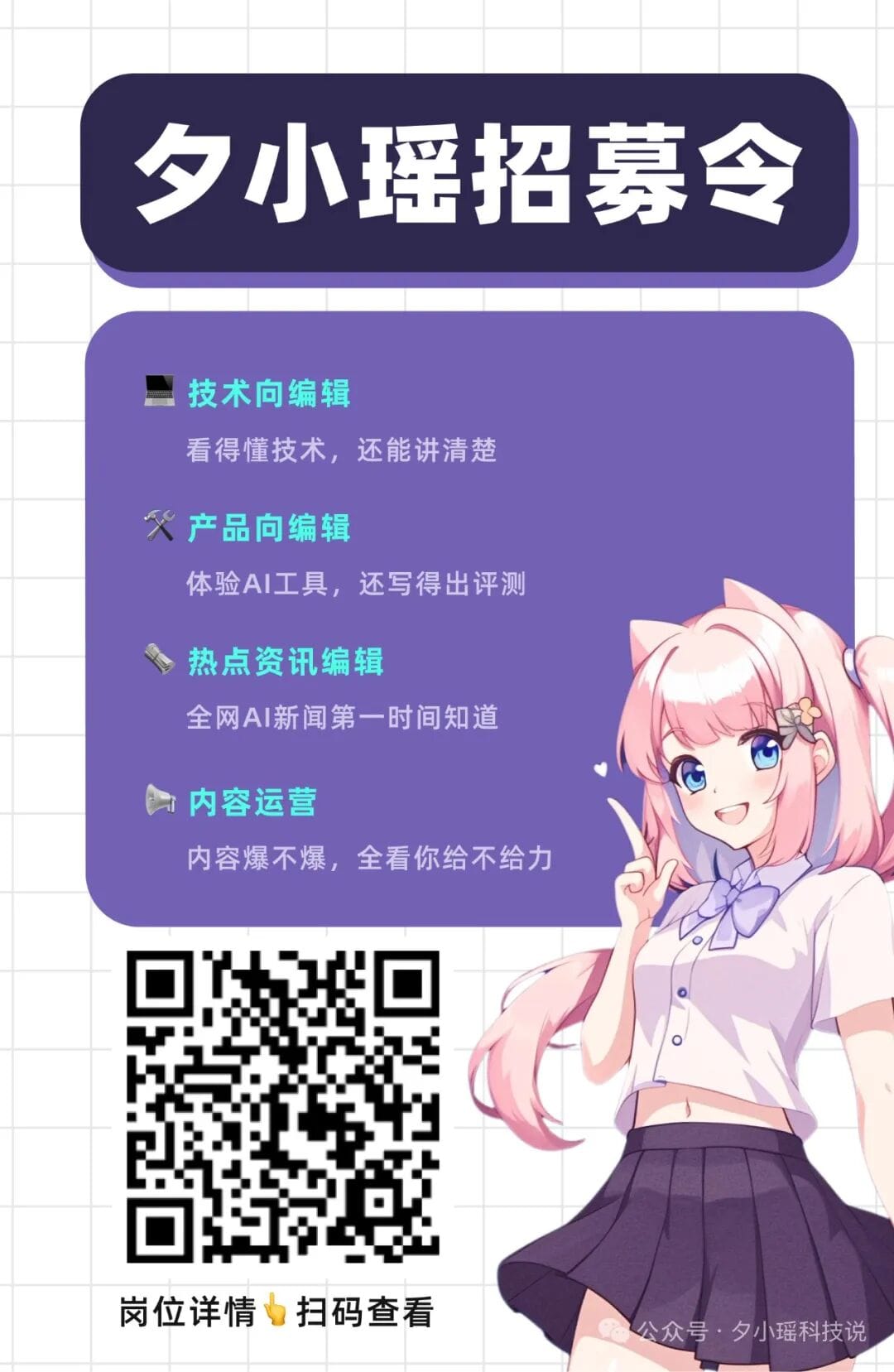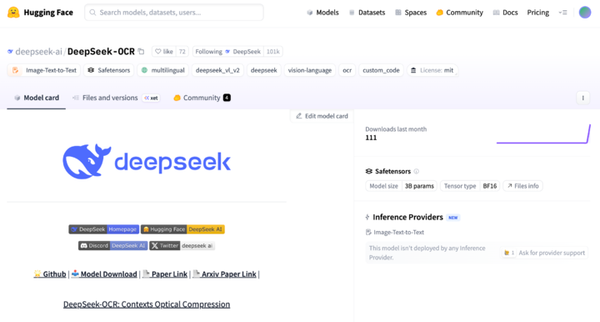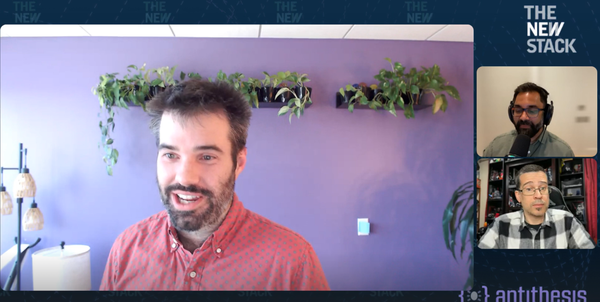OpenAI Leaders Reveal GPT-5 for the First Time — Not the Next Gen GPT, but the Ultimate AI Researcher
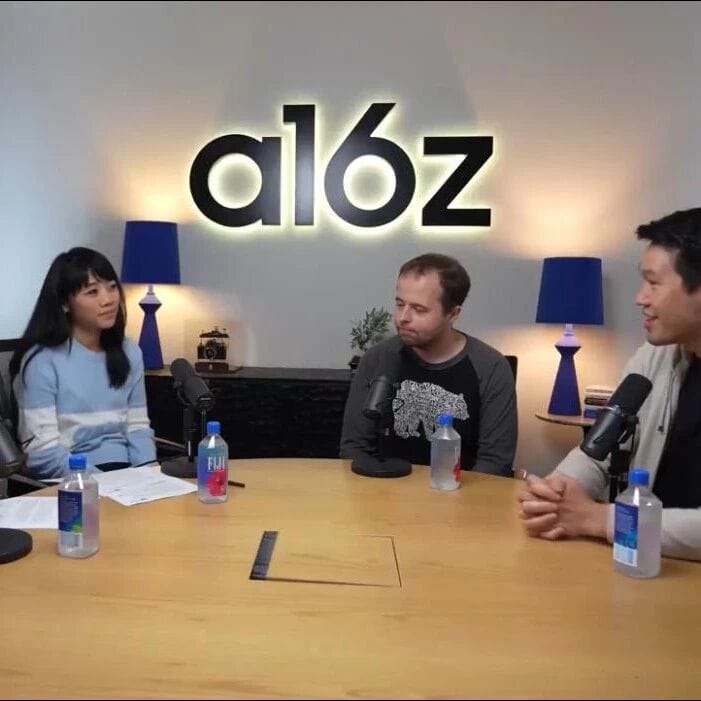
GPT‑5: From Fast Responses to Autonomous Research


Recently, OpenAI’s Chief Scientist Jakub Pachocki and Chief Research Officer Mark Chen joined a16z for an in‑depth interview, systematically revealing GPT‑5’s positioning for the first time.
> This is not an incremental GPT‑4 update — it marks a major turning point.
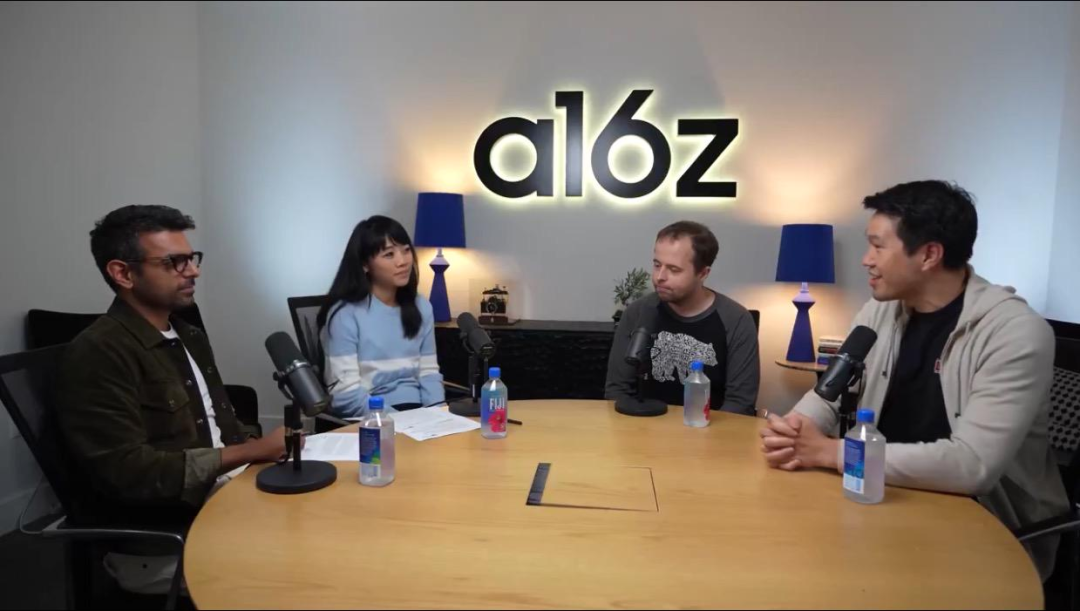
The most striking revelation is OpenAI’s ambition: building an “automated researcher.”
> “We want the model to discover new ideas and advance research on its own.” — Jakub Pachocki
OpenAI’s aim is to transform AI from a question-answering assistant into an independent scientific collaborator.
---
Key Takeaways from the Interview
- Integration Revolution — GPT‑5 fuses the GPT series’ “fast response” with the O‑series’ “deep reasoning,” letting the model decide whether to solve a problem in seconds or hours.
- Hard Science Breakthroughs — GPT‑5 can propose novel mathematical results, compressing months of graduate-level work into hours.
- From “Vibe Coding” to “Vibe Researching” — transitioning from collaborative code writing to collaborating on scientific research.
---
I. Birth of GPT‑5: Merging Speed with Deep Thought
Two Historical Tracks
- GPT Series — Focused on rapid output from GPT‑2 to GPT‑4.
- O Series — Designed for longer reasoning time to reach optimal answers.
GPT‑5 integrates both tracks, making reasoning and agent-like behavior default capabilities.
Human-Like Iteration
While reasoning, GPT‑5 follows a trial → failure → adjust → retry cycle, maintaining quality over extended reasoning chains — solving the “reasoning degradation” issue.
A major challenge was fixing the “double bug” (code defects + flawed assumptions), which halted months of experiments. Breakthroughs often came from uncovering such hidden errors.
---
GPT‑5 Codex Enhancements
Codex extends GPT‑5’s reasoning ability into programming:
- Handles complex, industrial-scale coding environments.
- Adapts to developer styles and adjusts initiative.
- Optimizes latency — quick for simple queries, deliberate for complex ones.
---
II. Evolving Evaluation Standards
Previously, progress was tracked via benchmarks (evals) with near-perfect scores.
Now, success is measured by whether the model can:
- Discover new problems independently.
- Sustain open-ended research progress.
- Find novel paths without user prompts.
Real performance examples: In AtCoder, IMO, and IOI, GPT‑5 approaches top human rankings — but rankings are secondary to innovation.
Hard Science Impact
GPT‑5 has generated non-trivial new mathematics rapidly, evoking “sudden inspiration” moments for researchers. It blurs the line between well-defined and open problems, enabling multi-domain planning.
> GPT‑5 uses its long-horizon reasoning to explore uncharted scientific territory.
---
III. Reinforcement Learning: Unused Potential
Jakub challenges the idea RL has peaked:
- RL + Language Models — language provides rich environments; RL trains execution, decision-making, and self-correction.
- Designing Rewards — future RL will evolve toward natural, human-like learning. Allow for trial and error instead of hard-coding rules.
---
IV. AI Programming Revolution
As a former programming competitor, Jakub now sees GPT‑5 refactor 30 files in 15 minutes.
We are in an intermediate phase — models not yet full colleagues, yet indispensable.
Next Era: Collaboration in scientific research — “vibe researching”.
---
V. Towards the Automated Researcher
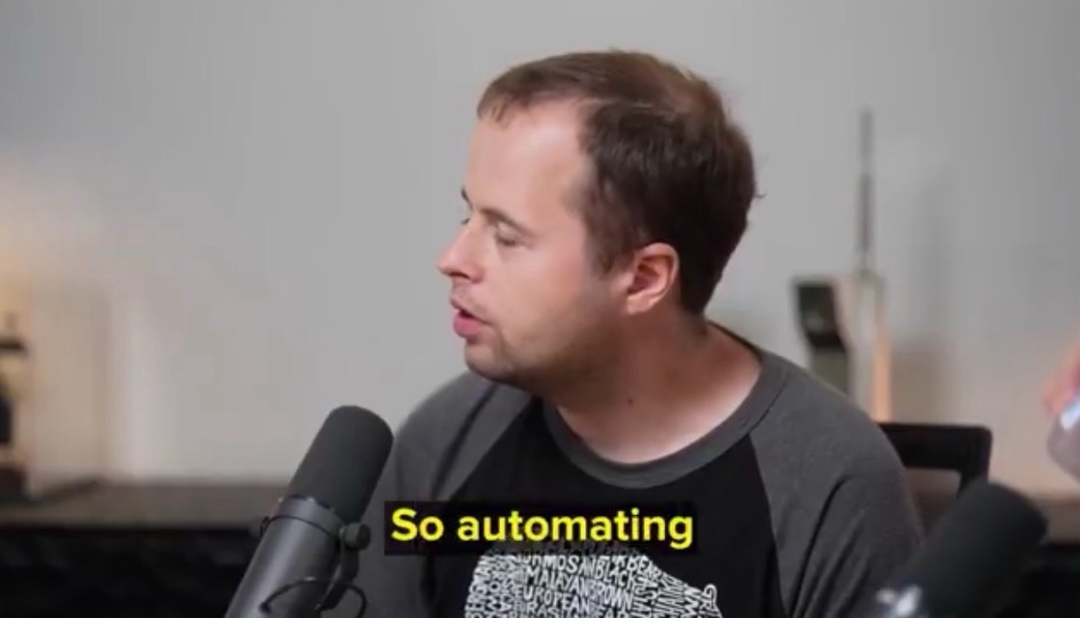
Jakub’s 1–5 year vision: GPT‑5 evolving into an “automated researcher” across machine learning, physics, and mathematics.
Breakthroughs needed:
- Extended Thinking Span — from 5 hours to multi-day sustained planning.
- Resource Support — focusing compute on core algorithms, not just product tuning.
OpenAI’s “Researcher-in-Residence” fast-tracks non-AI scientists with hands-on experimentation — a “compressed PhD” experience.
---
VI. Team Culture: Continuous Learning + Long-Termism
> “At OpenAI, you never stop learning.” — Mark Chen
Traits of Successful Researchers
- Solid technical foundation + persistence in tackling hard problems.
- Ability to sustain continuous learning across diverse fields.
Hiring Criteria:
- Those proposing new directions.
- Those deeply validating ideas across multiple experiments.
Balance: Researchers focused on products collaborate with product teams; fundamental explorers innovate freely.
Product speed never overrides research priorities.
---
Conclusion: AI as Collaborator, Not Just Answerer
GPT‑5 marks the shift to the long reasoning era — generating novel solutions in code and science.
For enterprises, this means:
- Move from ask–answer to co-research.
- Judge AI by innovation, not scores.
- Build teams for long-term deep work.
> GPT‑5 is a milestone towards autonomous research — reshaping the boundaries of knowledge and collaboration.
---
Related Ecosystem: AiToEarn
Platforms like AiToEarn官网 provide open-source frameworks for AI-powered content creation and monetization, bridging creativity and research.
Features:
- Generate, publish, and earn across Douyin, WeChat, YouTube, X/Twitter, and more.
- Track AI model rankings via AiToEarn 模型排名.
As GPT‑5 evolves toward vibe researching, AiToEarn enables parallel vibe creating — maximizing AI-human collaboration.

